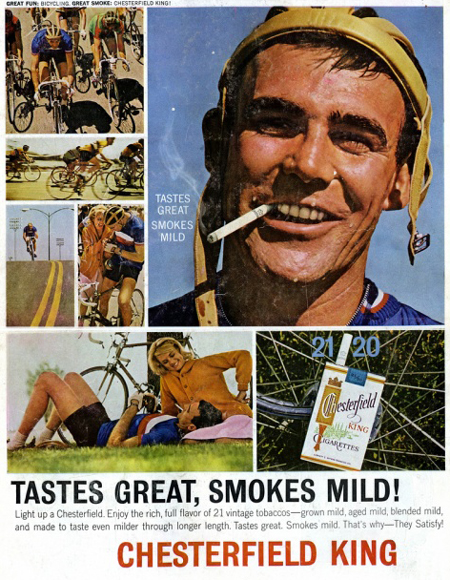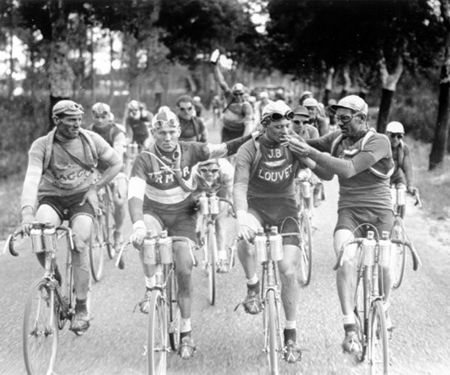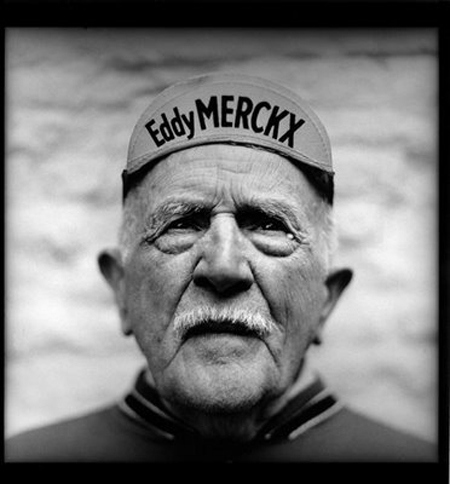Built to last
 Mon, November 28, 2022
Mon, November 28, 2022 One of the highlights for me when watching the cycling Grand Tours like the Tour de France, and Vuelta a Espana, is not only viewing, the beautiful mountain scenery, but the architecture of the old buildings as the race makes its way through towns and villages.
Magnificent churches and cathedrals and castles built on mountain tops, that have stood for centuries, and many taking over a hundred years to construct. Built from blocks of stone hewn by hand into precise shapes and sizes, then carried up ladders or winched up by rope and pulley.
Whatever method used, it was without the aid of mechanical cranes, and was labor intensive. By the sheer size of these buildings, and the fact they remain standing after 10,000 years or more in some cases, shows that the construction, was precise without the use of sophisticated survey and measuring devices.
The point I am trying to make is that buildings all over Europe were constructed with brick or stone. They were built to last, and even simple stone cottages built for farm workers are still occupied today, some as old as 600 years, or more.
These were not built with the precision of the great churches and mansions built for the wealthy, it appears many were built with very little measuring at all. Some have walls, ceilings and floors out of square, doors and window frames the same.
It is the crudeness of the construction and lack of planning that adds to the beauty of these European towns and villages, as the buildings tend to blend with the natural landscape.
As I write here about “Crudeness of construction,” my thoughts are drawn towards the construction of houses in America today. Although designed by skilled architects and regulated and planned to an extent they all look the same. If I think about the actual construction of the modern home, its methods are extremely crude.
Wooden framing with chipboard nailed to the outside, followed by a thin plastic sheeting, and vinyl siding. Sheetrock on the inside with glass fiber insulation between. Plastic window frames and doors on all but the more expensive homes.
It seems to me that all construction and manufacturing today is carried out with no thought of a product lasting any length of time. In fact it appears that there is a deliberate planned obsolescence, thus ensuring future sales and continued consumerism.
In the meantime, the worlds populace is being fooled into thinking that if we just switch over to electric vehicles, all our problems will end. When the truth is, more and more items are being produced, made from plastic, and sold in plastic packaging.
Although consumer items are being produced cheaper, and they wear out faster, or more likely become obsolete in a very short time. Plastic is the one thing that lasts forever. One cannot burn it, and can only recycle so much, and how much can we continue to pile in landfills?
When I built hand brazed, lugged steel bicycle frames, I was simply following a standard procedure that had been set at the beginning of the last century. It was what my customers expected.
The technology was in place that I could have TIG or MIG welded frames, but that was not what my customers expected or wanted.
When the large corporations took over in the early in the early 1990s, they massed produced frames in fewer sizes, and then with their marketing clout, convinced the consumer that this is what they needed.
One can argue that since that time there have been many technological improvements made to the bicycle. However, the costs of buying and maintaining a bike has risen tremendously, and with each technological advance the old tech is obsolete.
The bicycle basically such a simple machine, how much technical advancement can they inflict upon it? Does a bike used just for the joy of riding, really need electronic shifting and hidden brake cables?


























Short back and sides
I have seen fashions come and go many times over the years, trends go out of style, and often given time will become fashionable again and appear for another-go-round.
Reason being, it was never really a fashion statement, it came about out of necessity.
The decade from 1930 on, there was a world-wide depression.
Men were unemployed much of the time, but at the same time in order to get even casual temporary work, a person had to maintain a clean and presentable appearance.
A razor blade could be had for a penny, it was inexpensive and easy for men to keep themselves clean shaven. However, a hair cut is a different matter.
It had to be cheap, which meant quick and easy, and to maintain the tidy appearance, it was necessary to have a haircut every two weeks.
Men wore hats, either a brimmed felt hat, or a cloth cap. All a person needed was a pair of non-electric hand operated shears, to set themselves up in business charging a nickel for a short back and sides haircut, extra for some cut off the top.
The depression of the 1930s was followed by WWII, these were hard times, the trend continued. I remember in the 1940s, every two weeks, a silver shilling (12 Pennies.) clutched in my hand, running 2 or 3 miles, to a house where a Mr. West lived.
Mr. West had 12 children, which is probably how he got into the business of cutting hair.
After the war in my pre-teen years I would go to the barber shop for a haircut every two weeks, there was only one style, short back and sides.
I remember I had to ask the barber not to go too high at the back and sides, I hated to have my hair left like a little round skull cap on top of my head.
On weekends there would be 10 or 12 people waiting, but with each haircut taking only 5 or 10 minutes, the wait was never that long.
To me the short back and sides was a trend of that era, never a fashion. Who could indulge in fashion, when all a person could do is survive. It lasted 30 years from 1930 to the 1950s. Fashions do not last that long.
By the 1950s my generation were the first to come of age after the war, and to become interested in our appearance and fashion, and I would travel miles to avoid getting a haircut like the ones I see trending today.
I would get on a train and travel to London and pay good money to get my hair styled like Tony Curtis, (Above left.) or Robert Mitchum (Above right.) Note that movie stars did not have a short back and sides haircut, their hair was styled.
It seems to me that these over the top, “Manly” haircuts that are trending today, hark back to time when men were tough. They kind of act like a “Padded bra of masculinity.”
In the 1950s we all wanted to be different and to look different. We did so by all looking the same, as every new generation has done since.
It never works. A persons looks are what they are given in life, all one can do is exercise and eat healthy to make the most of what they have.
A confident demeanor and personality will take a person further than mere looks. And no haircut or style will make you appear tougher, or prettier, or whatever look you are going for.